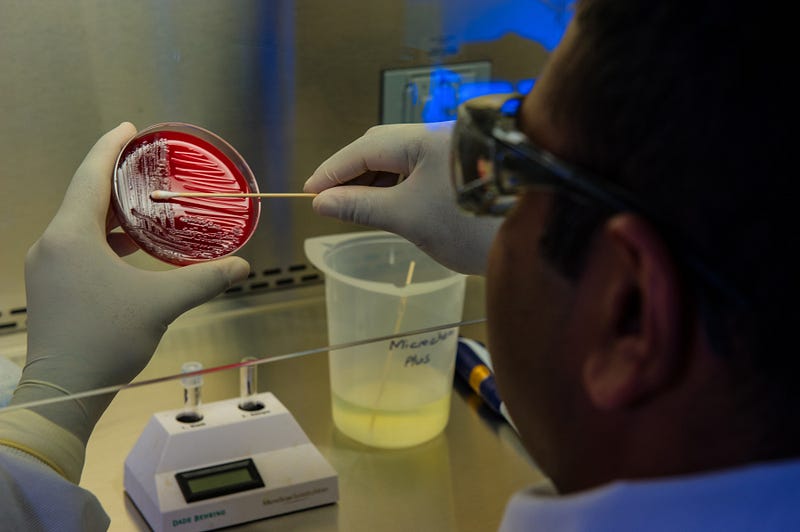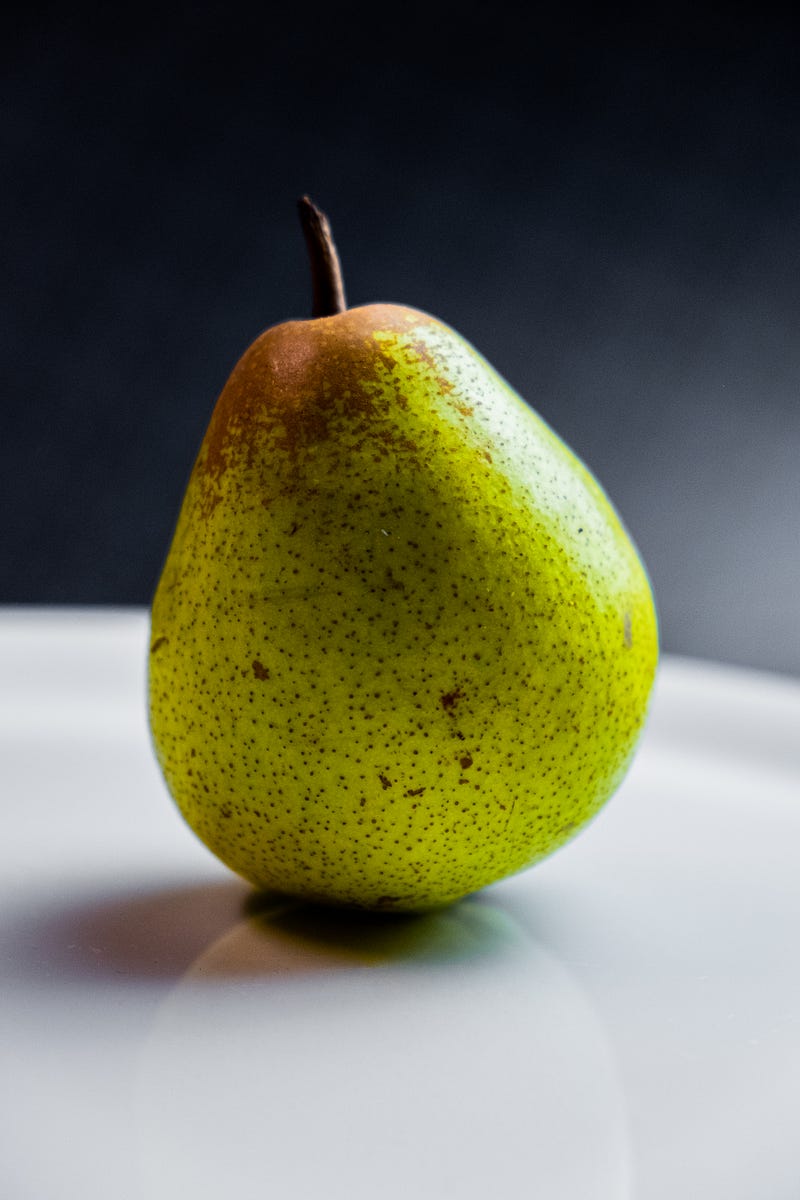# Unpacking the Ingredients of Vaccines: A Closer Look
Written on
Chapter 1: The Marvel of Vaccines
Vaccines are truly remarkable creations. They rank among humanity's most significant advancements in combating diseases, alongside antibiotics. According to the World Health Organization, routine vaccinations save approximately 2–3 million lives each year. Vaccines have played a crucial role in nearly eradicating diseases like smallpox, measles, and polio.
Consider smallpox: it claimed roughly 500 million lives over the last century. To put that staggering figure into perspective, it is equivalent to the entire population of the United States, Canada, and Mexico combined.
What goes into crafting a vaccine? How do we create an injection that can thwart a once-lethal disease?
The recipe for a vaccine is surprisingly straightforward, although the intricacies can be daunting. While vaccines do contain some complex-sounding chemicals, understanding their function can demystify the process.
Let’s delve into the workings of vaccines!
First, we need to comprehend how a vaccine operates. Essentially, it trains the immune system to recognize and combat a specific disease. Think of a vaccine as a tutorial for your immune system—a "practice round" that prepares it for the real challenge against actual pathogens.
To develop a vaccine, we must first acquire the pathogen responsible for the disease, whether it’s a virus or bacterium.

We cannot inject individuals with the full-blown disease, as this would make them ill. Instead, vaccines contain a modified version of the pathogen, which may be:
- An inactivated form: This is a version of the virus that cannot replicate, rendering it harmless. For example, the polio vaccine uses a killed version of the virus, presenting only dead viral fragments to the immune system.
- A subunit of the virus or bacterium: This involves using a small portion of the disease, such as a specific protein, that the immune system can recognize. This approach is effective against diseases like shingles or HPV.
- A live attenuated strain: This is a weakened variant of the virus that still has the ability to replicate, but at a significantly reduced rate, allowing the immune system to build robust immunity while posing minimal risk to those with compromised immune systems.
Thus, vaccines start with a small piece of the disease, which is ideal for training our immune defenses against it. This component varies significantly among different diseases, explaining why some require regular vaccinations, like the flu, which mutates rapidly.
Section 1.1: The Testing Phases
However, developing a vaccine isn't as simple as it sounds. Numerous testing phases must be meticulously followed.
Initially, scientists need to identify which part of a pathogen is unique enough to serve as a target for the immune system. This often involves using animal models, such as mice, to observe their reactions to various viral proteins.
To conduct these experiments, a substantial quantity of the pathogen must be cultivated, typically by exposing animal cells in controlled lab environments to the disease.
We're searching for the "Goldilocks" of pathogen components—just enough to provoke an immune response, but not so much that it endangers the test subjects. For certain diseases, like HPV, a single protein suffices, while for others, the entire virus may be necessary.
Subsection 1.1.1: The Importance of Safety
Once the right component is identified, rigorous tests must be conducted on both animal and human subjects. In animal trials, researchers verify that vaccinated subjects are indeed immune to the disease by exposing them to the actual pathogen post-vaccination. In human trials, it's crucial to ensure similar immune responses as observed in animals.
Sometimes, a virus might not affect mice but could be harmful to humans, necessitating the search for suitable animal models, which can be a lengthy process. This careful approach is essential to ensure that when a vaccine is distributed widely, it is both safe and effective. This is why vaccines for emerging diseases, like COVID-19, take time to develop.
Chapter 2: Ensuring Vaccine Stability
Once the active component is identified, the next step is to add stabilizers. Many vaccines are stored for extended periods or transported to remote locations with limited refrigeration. We want to ensure that vaccines retain their efficacy until they reach those in need.
Three primary additives are commonly included in vaccines:
- Preservatives: These prevent contamination from other pathogens. One well-known preservative is thimerosal, which contains ethyl-mercury and has been a source of concern among some groups, despite being distinct from the harmful methyl-mercury.
- Adjuvants: These enhance the immune response, helping the body recognize the viral components as threats.
- Stabilizers: Ingredients like sugar or gelatin help maintain the vaccine's effectiveness over time.

Vaccines may also contain trace amounts of compounds from the manufacturing process, including egg proteins or antibiotics. The terminology surrounding these substances can be alarming, fueling skepticism about vaccines.
For instance, some people link vaccines to various health issues, including autism and other disorders, despite extensive research debunking these claims.
It's essential to remember that the concentration of these additives in vaccines is exceedingly low. For example, a pear contains more formaldehyde than a vaccine, and a tuna sandwich has more mercury.
When in doubt, remember that dosage is key.

Creating a vaccine, at its core, is quite straightforward: isolate the cause of a disease, identify a component that triggers an immune response, and administer that component to train the immune system.
However, in practice, the vaccine development process is slow and thorough, requiring extensive safety testing and a careful transition from animal models to human trials.
Vaccines can be intimidating due to their association with disease components and the presence of preservatives with complicated names. However, these ingredients are present in minimal amounts, and vaccines undergo rigorous testing to ensure their safety and efficacy.
Ultimately, would you prefer a minute quantity of these substances in your body, or risk the severe consequences of diseases like measles or polio?
Sam Westreich, a PhD holder in genetics, specializes in gut-associated microbiome studies. He currently works at a bioinformatics startup in Silicon Valley. Connect with him on Medium or Twitter at @swestreich.
Have a science-related query? Feel free to comment and suggest topics for future articles. Check out this related story:
Science Monday: Do We Keep Growing After We Die?
Does hair and fingernails really continue to grow post-mortem, or is that just a myth?
The first video titled "What is a Vaccine?" provides an overview of vaccines, explaining their role and importance in preventing diseases.
The second video, "What's in a Vaccine?", delves into the specific ingredients found in vaccines and their functions, demystifying common misconceptions.